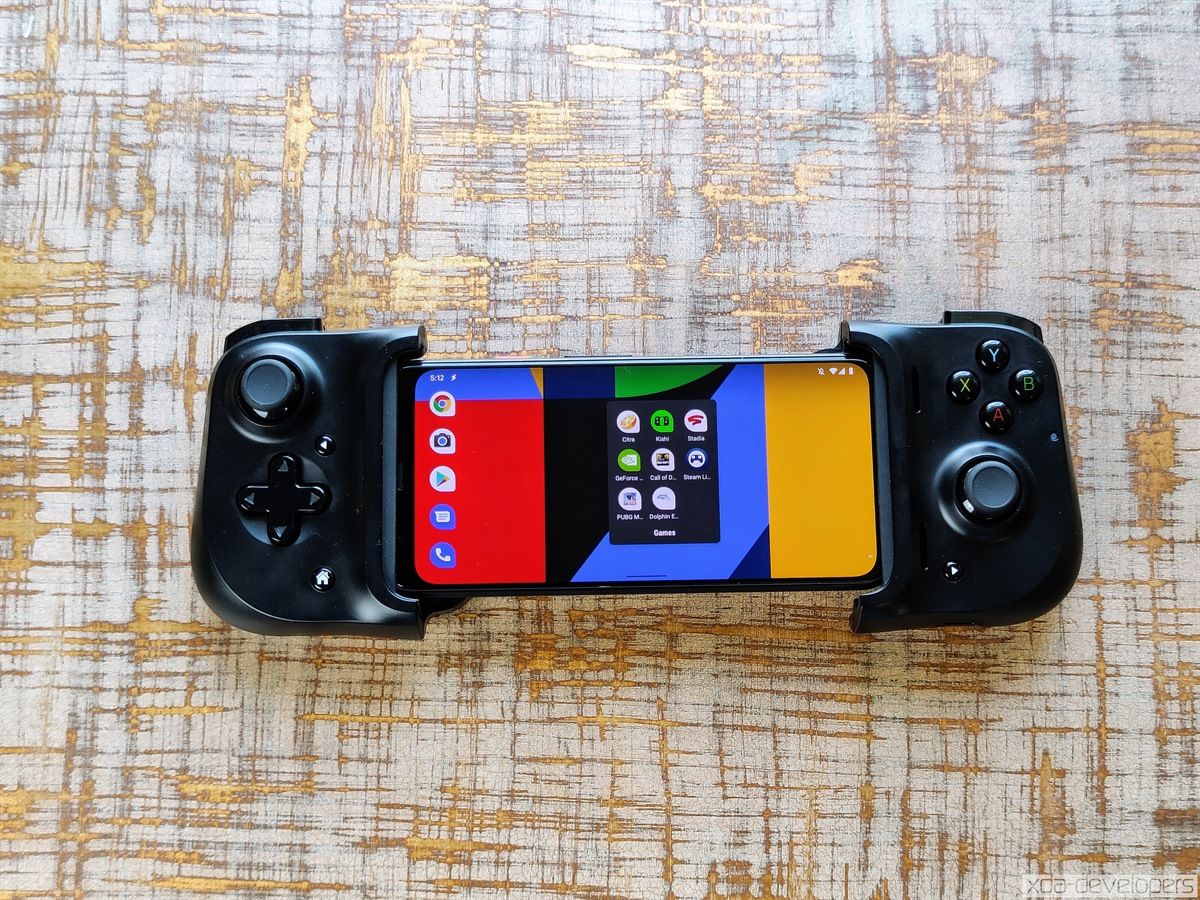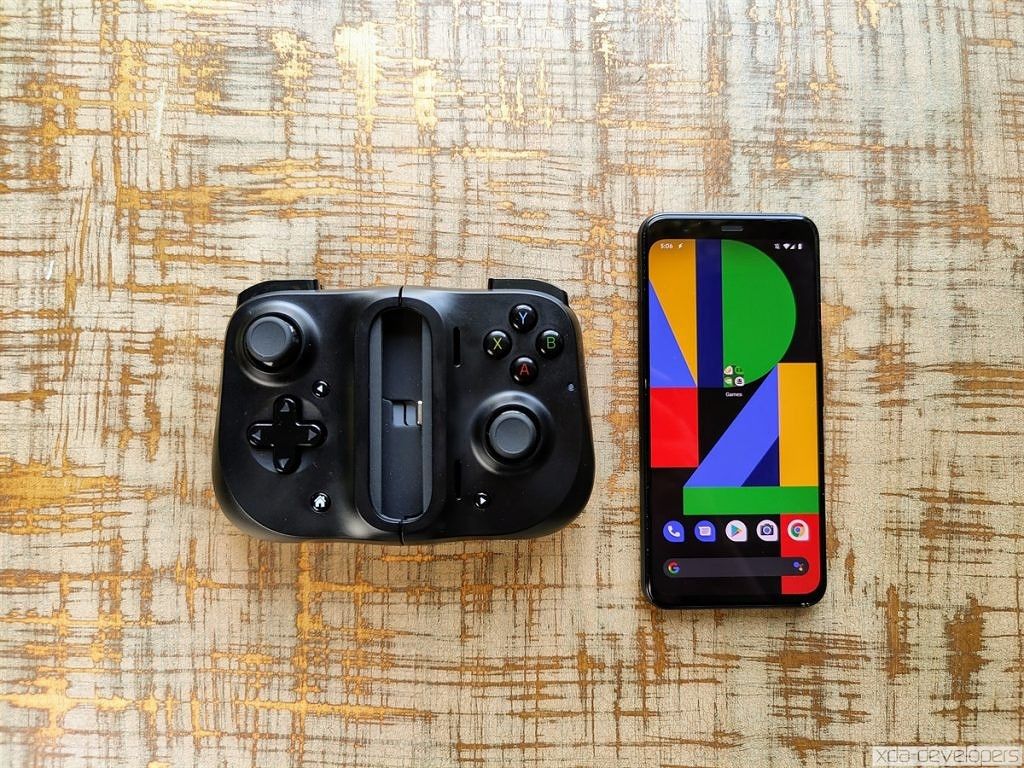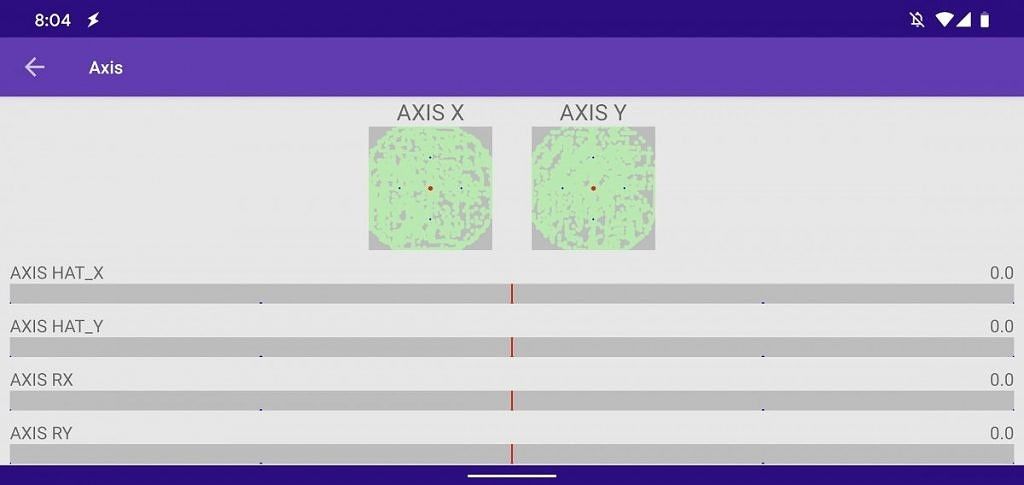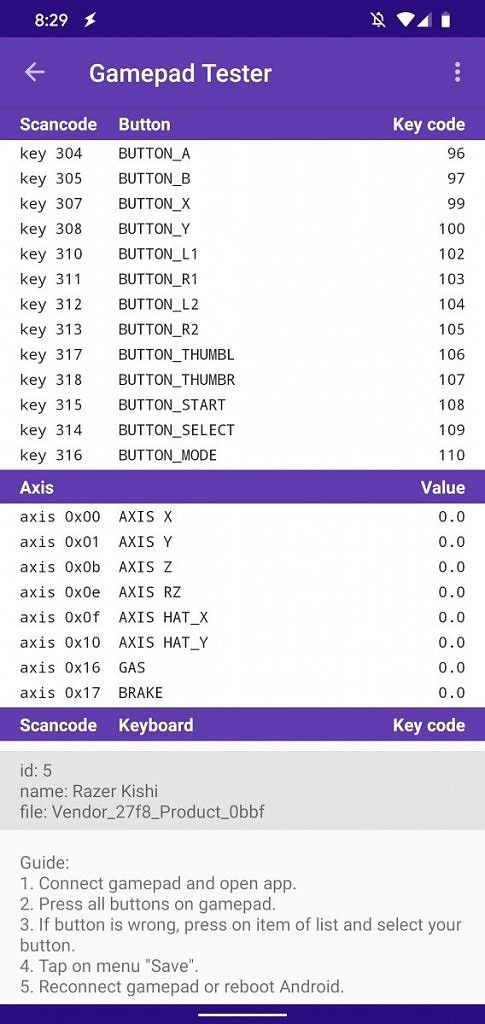Gaming on a smartphone is usually not as satisfying as it is on a console, and a large part of that is because of touch controls. Tapping and dragging on-screen buttons is far slower and less convenient than pressing physical buttons and moving analog thumbsticks, which is why the gameplay experiences of many mobile games are heavily simplified. But cloud gaming services have significantly matured and Android smartphones are powerful enough to emulate many older consoles, so there's a place for a dedicated controller designed for Android phones. Enter the Razer Kishi.
First unveiled at the Consumer Electronics Show earlier this year, the Razer Kishi is an extending game controller (also known as a "telescopic" gaming controller) that is designed to be "universal" in that it's not limited to a particular smartphone model. Razer is making two models of its Kishi Universal Gaming Controller: One that's designed to connect to Android smartphones with a USB Type-C port and another that's designed to connect to Apple iPhone devices with a Lightning port. Razer sent me the Kishi for Android model for review on May 18th, 2020 ahead of the product's launch today. I've been using the controller with my Google Pixel 4, and I've found the Razer Kishi to be a perfect companion for playing games through cloud gaming services and emulators.
|
Pros |
Cons |
|---|---|
|
|
Razer Kishi Specifications
Product Requirements:
- Android OS Version: Android 8.0 Oreo or higher
- Android Devices:
- Razer: Razer Phone, Razer Phone 2
- Samsung: Galaxy S8, Galaxy S8+, Galaxy S9, Galaxy S9+, Galaxy S10, Galaxy S10+, Galaxy S20, Galaxy S20+, Galaxy Note 8, Galaxy Note 9, Galaxy Note 10, Galaxy Note 10+
- Google: Pixel 2, Pixel 2 XL, Pixel 3, Pixel 3 XL, Pixel 4, Pixel 4 XL
- Other Android devices within the supported dimensions:
- Height: 145.3 - 163.7mm
- Width: 68.2 - 78.1mm
- Depth: 7.0 - 8.8mm
Technical Specifications:
- Two clickable analog thumbsticks
- One 8-way D-pad
- Four face buttons
- Two triggers (L2/R2)
- Two bumpers (L1/R1)
- Three function buttons
- One status indicator light (charging)
- Dimensions: Height: 37mm, Width: 134mm, Depth: 94mm
- Weight: 265g
- Connectivity: USB Type-C
- Smartphone Charging: pass-through via USB Type C port
Look & Feel
The Razer Kishi isn't going to wow you with its build quality, but that's because it's not designed to visually impress. The controller is made of plastic and is very lightweight, making it perfect for extended gaming sessions on your phone. It's also sturdy when in it's in its locked position so you don't have to worry about it coming apart in your bag. The black color finish blends into the left and right borders of your phone's screen when you're playing a game at an aspect ratio below native.
The Kishi feels smooth to touch and the buttons provide nice tactile feedback when pressed. This is a solidly built gaming controller that should feel familiar in the hands of anyone who has used the Nintendo Switch's Joy-Con Charging Grip. The L/R shoulder buttons are also large and easy to press—a lot of other Android gaming controllers I've found have crappy shoulder buttons. Similarly, the joysticks are well-built and feel like they'll last a good while, and the joystick caps are smooth and provide nice feedback when pushed down. Again, this is another part that I feel Razer got right that is sadly done poorly on many other Android gaming controllers. The A/B/X/Y buttons also feel solid, though the 8-way D-pad, home button, and start/select buttons could have been made more pronounced in my opinion.
Flip the Kishi around on its back and you'll see the clip that holds the controller together. Pull outward on both inserts to release the clip. You can then extend both sides of the controller until your phone can connect to the USB Type-C port on the right side and fit snugly in between both sides. The top and bottom sides of your phone will be touching a smooth, rubbery part of the controller so you don't have to worry about scratches. Likewise, the rear of your phone, including the camera bump, won't come into contact with the clip that connects both sides of the controller as the clip will be suspended behind your phone when you've locked the phone in place.
Once the phone is connected to the Razer Kishi, it's secured quite nicely to the controller. You can deliberately flex both ends of the Kishi back and forth a bit depending on how thin your phone is, but you shouldn't experience any wobbling when actually playing a game. Since the Kishi obscures the top and bottom parts of your phone, you won't be able to connect any wired audio accessories, so you'll have to use a Bluetooth audio accessory if you don't want to hear audio from your phone's speakers. You should aim to use a Bluetooth audio accessory with low audio latency like Razer's own Hammerhead True Wireless earbuds.
In addition, since most phones only have a single charging port on the bottom that's used up by the Kishi, Razer added a USB Type-C port on the bottom of the right half of the controller for passthrough charging. Finally, there's an LED indicator light on the right half of the controller that turns blue for a few seconds when you first connect your phone. The Kishi doesn't require charging since it's powered purely by your phone, so this LED is just a status indicator to let you know your phone is connected.
On the rear of the Razer Kishi, there's a sticker that tells you the controller was made in partnership with Gamevice, an American peripherals company that specializes in gaming products. Gamevice has made their own fair share of gaming controllers before, so it's nice to see them partner with Razer on a high-quality, universal telescopic gaming controller like the Kishi. My only major issue with the design of the Razer Kishi is the fact that it doesn't fit larger Android phones like the Samsung Galaxy S20 Ultra or OPPO Find X2 Pro—even my Huawei P40 Pro was just on the cusp of barely fitting. Razer is marketing the Kishi as a "universal" gaming controller, so it's strange that many premium Android smartphones are excluded because of the controller's size constraints. Compare the dimensions listed in the specifications section above with the dimensions of your Android device to be sure your device will fit in the Kishi.
Gaming Experience
If you do have an Android smartphone that fits in the Razer Kishi, then I think you won't be disappointed by the gaming experience. On my Google Pixel 4, I played GRID on Google Stadia, Dark Souls: Remastered on NVIDIA GeForce NOW, Valkyria Chronicles streaming from my PC using Steam Link, and Resident Evil 4 and The Legend of Zelda: Twilight Princess through Dolphin Emulator. These are all console-quality games that I tested, some of which were ported to the PC (Dark Souls: Remastered and Valkyria Chronicles), and it felt like I was playing them all natively on my phone. Much of the credit for that experience goes to Google and NVIDIA for creating stellar cloud gaming services, but the lack of input latency from the Razer Kishi meant that my button presses were reflected almost immediately in every game that I played.
Unfortunately, not every game on Steam/PC is optimized for controller input, so you'll have to do a bit of remapping in Steam Link/GeForce NOW until you find a setup that works for you. (Many PC games work with Xbox and PS4 controllers these days, so this is not as big of a problem as it used to be.) Stadia games seem to be controller-ready, though I'm not a big user of the service so I can't speak broadly here. Emulators like Dolphin Emulator essentially require mapping your controller inputs to GameCube/Wii controllers if you want a good experience, and fortunately, that's quite easy to do in the app.
Where the Razer Kishi ironically won't be of much use are in some popular Android games like Call of Duty: Mobile and PUBG Mobile. Developers of games like these often don't enable controller support because they want users to play on an even footing—the average player with a controller will destroy the average player using touch controls. There are ways to bypass this restriction: Buy a gaming smartphone with faux-shoulder buttons like the ASUS ROG Phone II and its ultrasonic AirTriggers, buy a controller like the Flydigi Stinger that attaches to your phone and literally taps on the screen for you, or use an app like DroidMote (+ Touch Profile Creator) to map button presses from your controller to touches on the screen. In any case, don't buy the Razer Kishi expecting to get an upper-hand in most battle royale games.
I say "most" battle royale games because Razer explicitly lists Epic Games' Fortnite as a compatible title. My Pixel 4 is rooted so sadly I can't test Fortnite out, but here's a short list of games and cloud gaming services that Razer recommends users try out:
- Android Games:
- Epic Games: Fortnite
- Netmarble: The King of Fighters ALLSTAR
- Super Bit Machine: Armajet
- Feral Interactive: GRID Autosport
- Pearly Abyss: Black Desert Mobile
- Cloud Gaming Services:
- Steam Link
- Rainway
- Google Stadia
- NVIDIA GeForce NOW
- Microsoft xCloud
Of course, you're free to download any Android game or console emulator from the Google Play Store to use the Razer Kishi with, including the new Citra for Android release. The Kishi sends standard key events for each of its buttons, so the controller should work just fine in most games that listen for these key events.
Razer Kishi App
Although not required, you can download the Razer Kishi Android app if you're in need of a game launcher. The app also has a "Discovery" tab that highlights games from multiple genres that are optimized for controller input. Finally, you can also check for updates to the Kishi's firmware in the app's settings. The review unit that I received in mid-May has not received any firmware updates yet, and I'm not even sure what a firmware update would even bring.
One feature that I'm disappointed isn't there is the ability to remap buttons. It's a little disappointing that button mapping is left up to the game developer and isn't something that we can control ourselves.
Razer Kishi Pricing and Availability
I've personally been waiting to get my hands on a universal Android gaming controller for some time now. I've scoured the XDA forums and Reddit's /r/AndroidGaming subreddit for recommendations, and I've come across controllers of various types (telescopic, mounted, detachable, and claw) from brands like Betop, Saitake, Framonics, Flydigi, iPEGA, and others. Some of the controllers from these brands have earned good reviews from Android gamers, but I've also heard mixed feedback about the quality of some models and also their customer support.
Several reputable smartphone makers like ASUS, Nubia, Black Shark, and even Razer have made gaming controllers before, but they were typically only made for a few smartphone models or even required special cases. Although the Razer Kishi sadly doesn't fit some of my devices, I'm stoked that a big gaming brand like Razer has finally made a gaming controller that isn't exclusive to their own devices. I hope that the Kishi does well enough for Razer to consider releasing a model that fits larger Android smartphones because sadly, a lot of the best Android smartphones on the market just won't fit in the Razer Kishi.
The Razer Kishi designed for Android devices is available today through multiple retailers in the U.S., Canada, and Europe. The controller retails for $79.99 USD/€89.99/$129.99 CAD.
Buy the Razer Kishi for Android: Best Buy, Amazon, Razer.com
The controller designed for Apple iPhone devices will be available later this summer.




